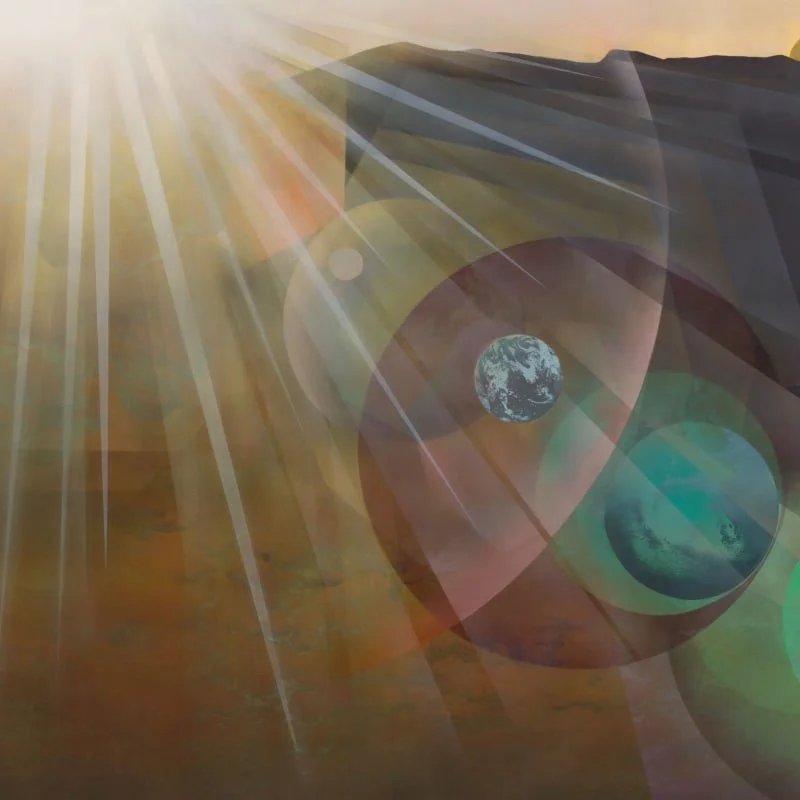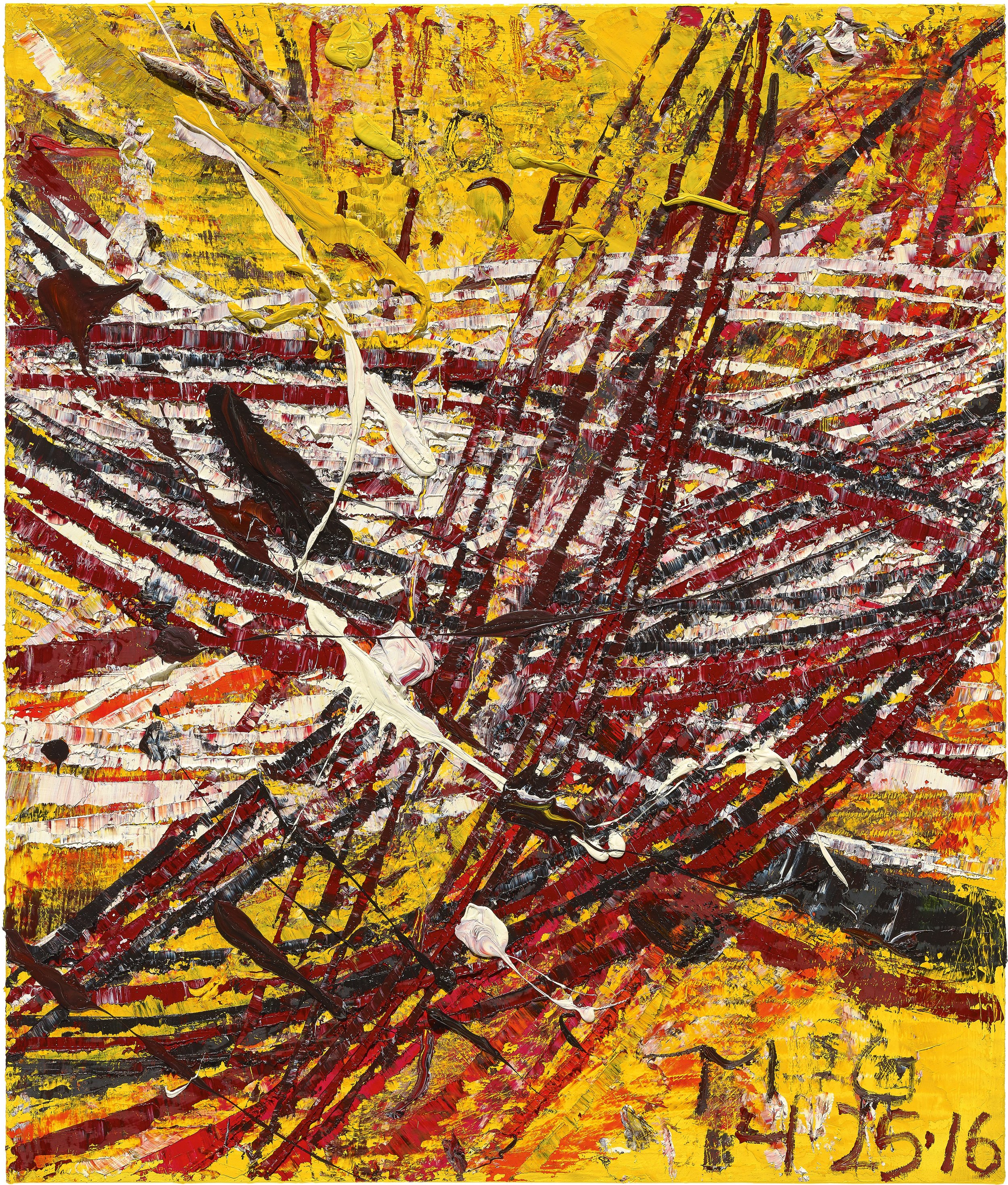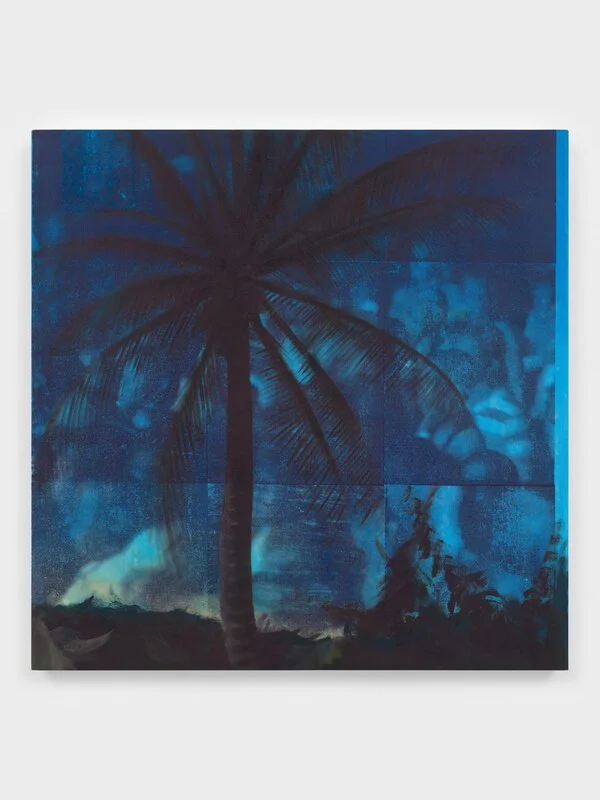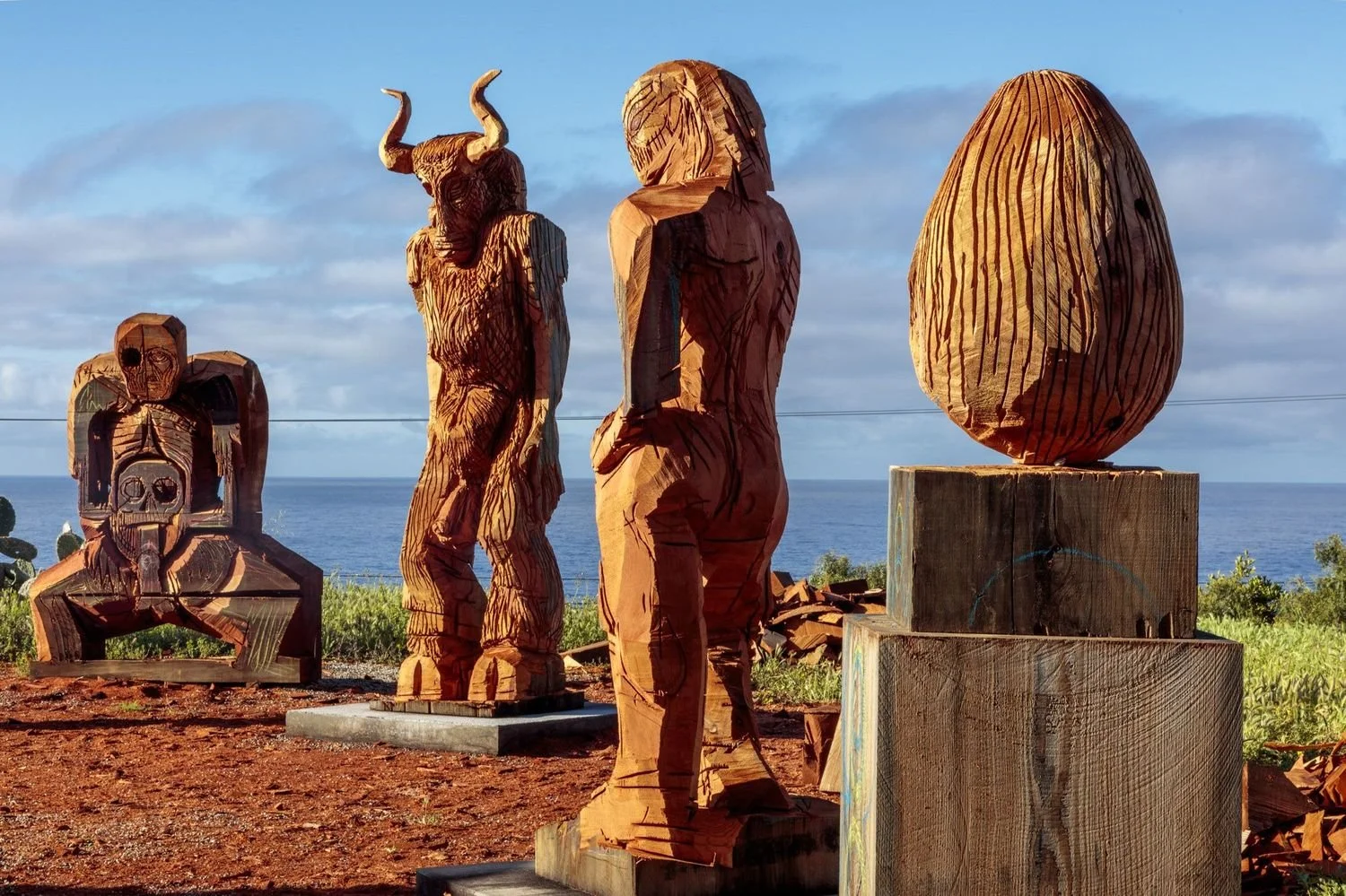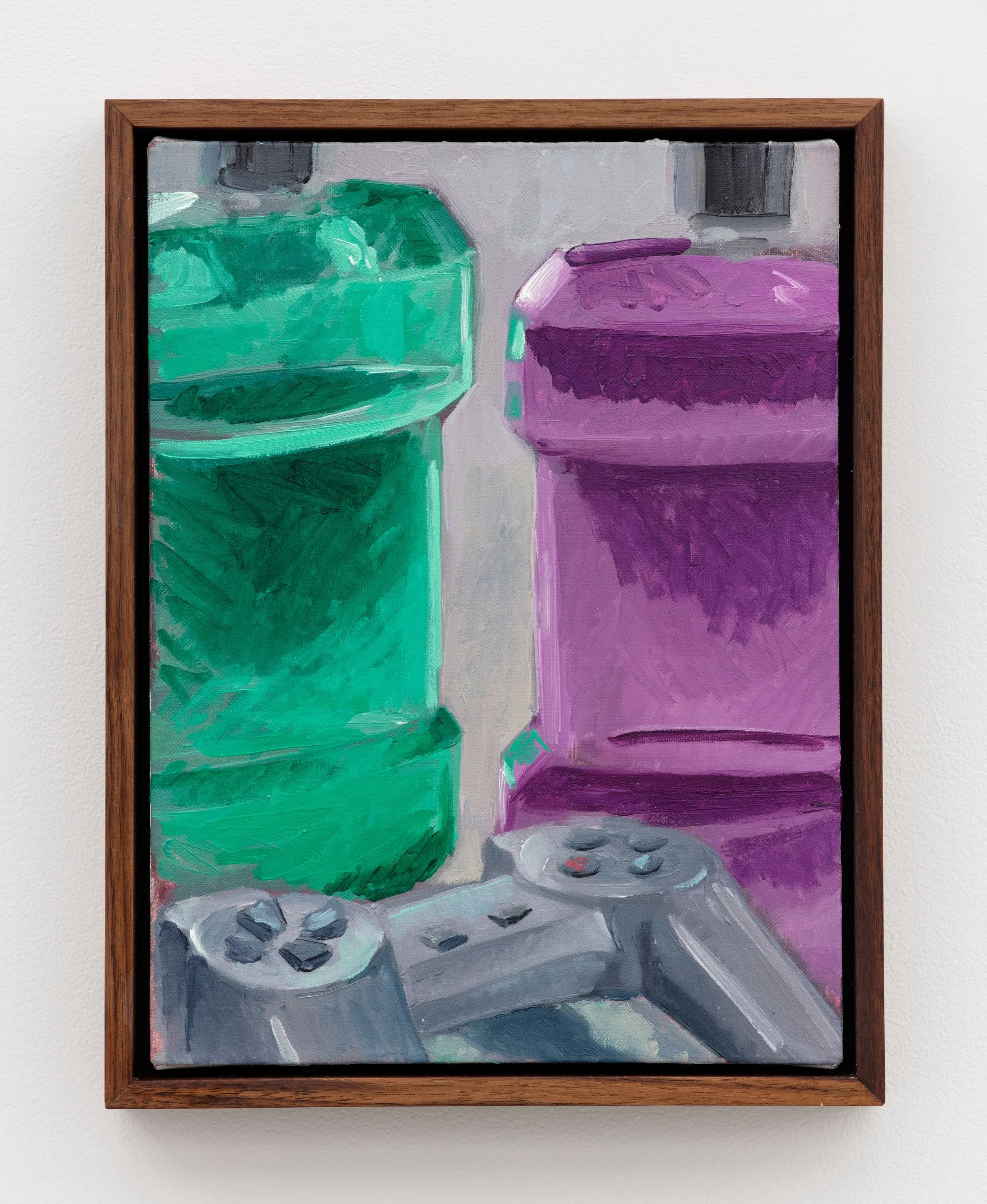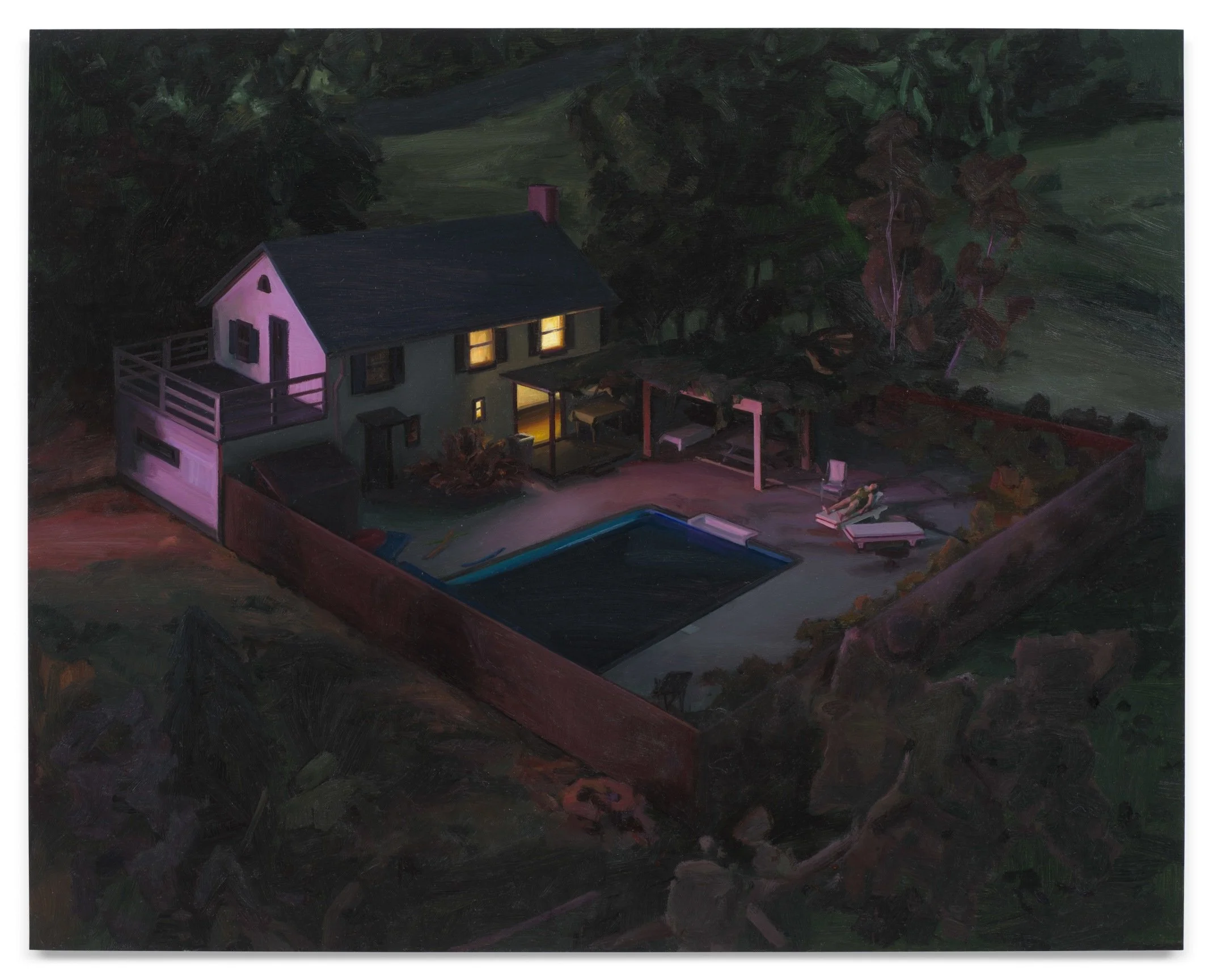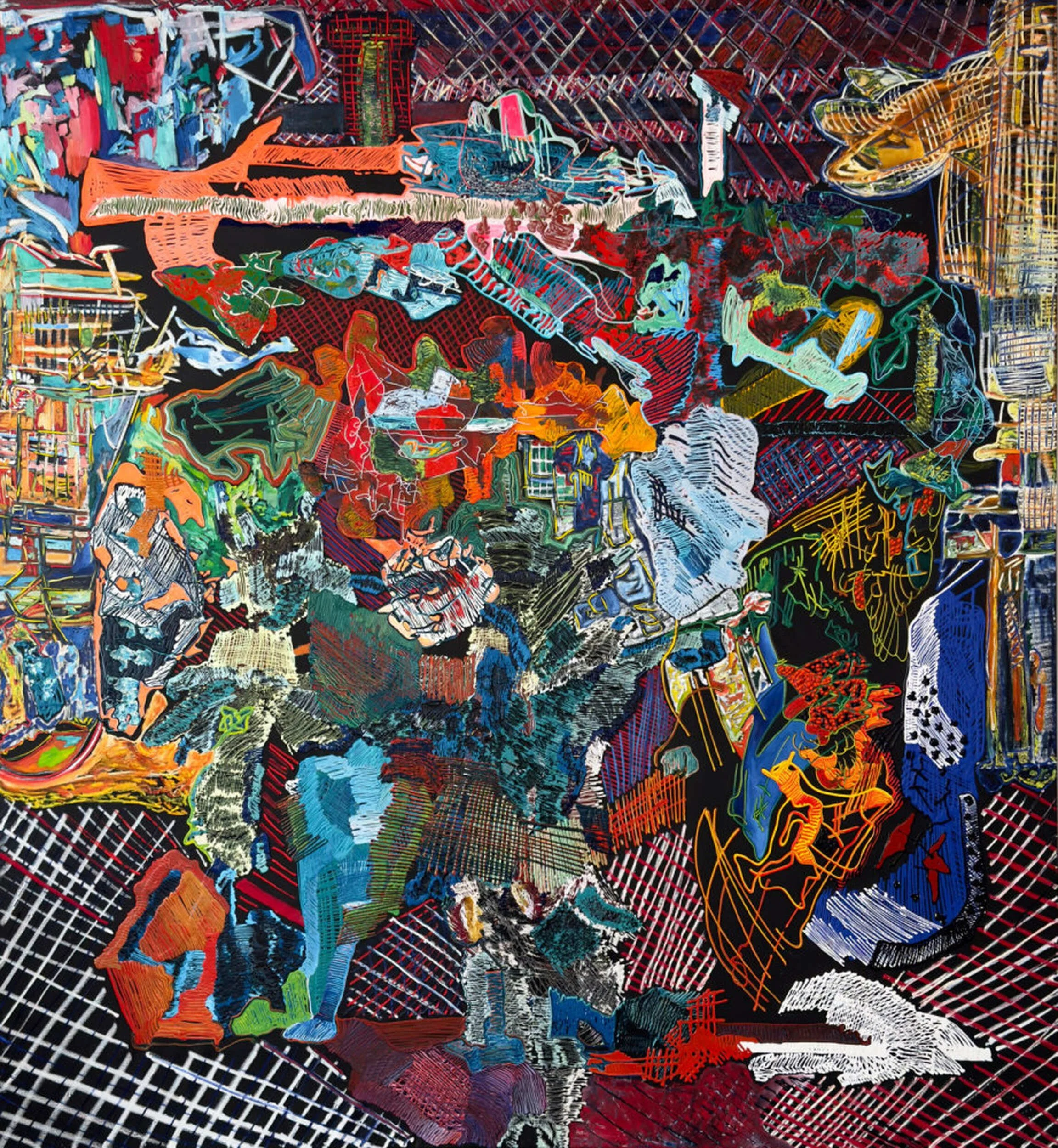Luhring Augustine
Joanne Leonard’s photographs of interiors are celebrations and examinations of the cacophony of domestic settings and many of the now-obsolete technologies of the mid-twentieth century. Shot in the late 1970s and early 1980s, these kitchens, laundry rooms, and bedrooms are filled with the entanglements and jumbled ephemera of lived-in spaces – a sphere that is historically associated with the feminine domain. The images are subtly threaded with the hectic happiness of life and family, and yet they read as crowded, confining, and overwhelming. Leonard’s use of light, and her balance of rich blacks and greys, bring a softness to these images and add a loving caress of appreciation to the overlooked appliances and products of the quotidian.
through October 19, 2024


